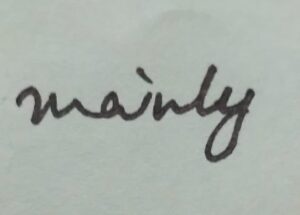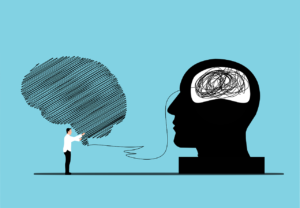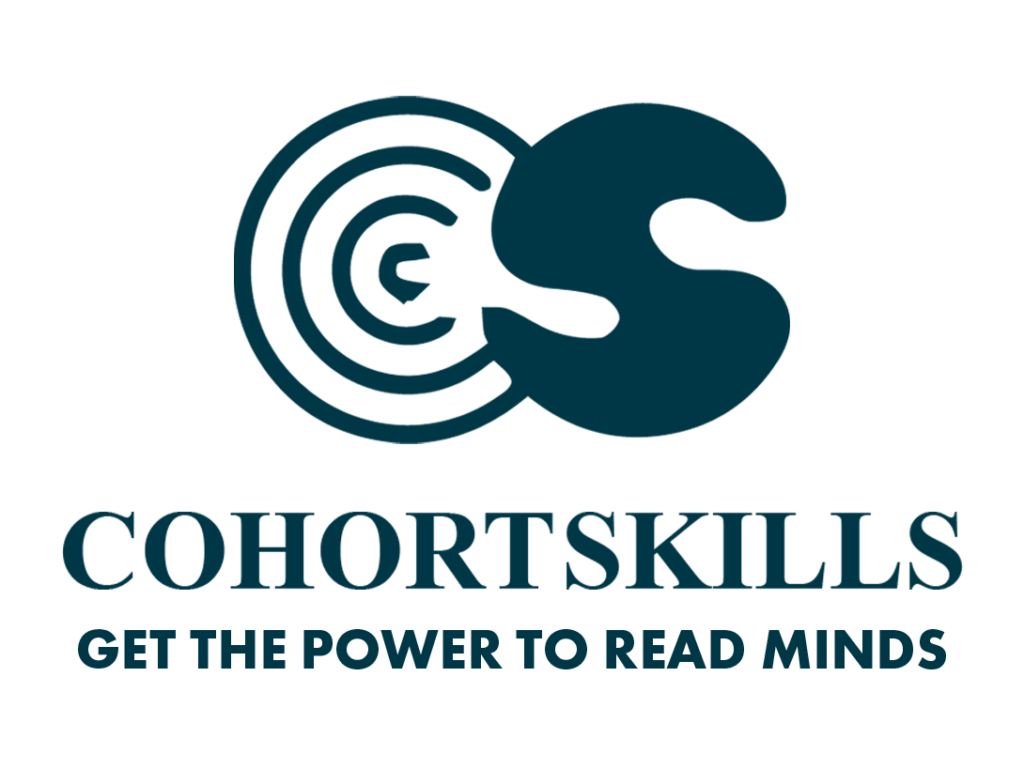Sports Psychologists Assemble! Unlocking Excellence with Graphology
Introduction
From pen strokes to victory stances, the impact of a sports psychologist’s inputs might not be acknowledged in a single match, but it gets the right recognition when a team’s consistent performance changes. The task is tough, and you are in luck today- we present to you the power of igniting athletes’ potential with Graphology.
Professionals (read: your competitors) are in a constant quest for innovative approaches to delve deeper into the mental facets of athletes. What are you going to bring to the table? Something that distinguishes you from your counterparts. Something that helps you gaze into the soul of your athletes. Imagine being able to know the personality of your client- Imagine how it will make you the master in your work.
How can graphology aid sports psychologists?
Think of graphology like smart glasses for your eyes. The second you see someone’s writing you will be able to scrutinize the minutest strokes. Typical writing styles have been studied for hundreds of ages- and then the art of graphology was concluded. Firstly, this deep insight allows for more accurate assessments and better-informed interventions. Secondly, by leveraging the information gained through handwriting analysis, sports psychologists can create customized strategies for mental conditioning. These strategies can foster greater self-awareness, emotional control, and resilience in athletes, enabling them to perform at their best consistently.
Sports psychology is an integral part of athlete development, helping them overcome psychological challenges and reach their peak performance. With the evolving nature of sports and the increasing demand for personalized approaches, the role of innovation in sports psychology becomes crucial. Your opponent will use every textbook methodology you know. In this regard, the field of graphology presents itself as a novel tool that can greatly enhance your technique. Click here to check the services we offer in this regard- Our quick Counselling Competency Program (CCP) or a book SWOT analysis!
Evolving Nature of Sports and Psychological Challenges

The world of sports has witnessed significant changes over the years. Athletes are now exposed to greater levels of pressure, intense competition, and media scrutiny. These factors contribute to increased psychological challenges that can hinder an athlete’s performance. We have all seen athletes crumble under immense pressure- or on the contrary- give us match-winning strokes (cue Dhoni’s match-winning six for the World Cup that we all so fondly remember)
Here, the role of handwriting analysis will make you more involved in their brain space. You will be able to comprehend the personality and execution style: to crumble or not under pressure. Use these techniques to devise customised plans to ace the growth chart.
Graphology as a Novel Tool

The integration of graphology in sports psychology opens new avenues for athlete assessment and profiling. By analyzing handwriting, you can gain valuable insights into an athlete’s emotional state, stress levels, and potential areas for improvement in mental conditioning. Handwriting has long been recognized as a window to the soul, revealing intricate details about an individual’s psyche.
Graphology, also known as handwriting analysis, is a discipline that has been evolving for centuries. It originated in Ancient Greece and has since developed into a comprehensive field of study. Graphologists analyze various aspects of handwriting, including size, slant, pressure, spacing, and signature, to identify personality traits and patterns.
Now the real question is- how can you grab this to your advancement? You can check out our Counselling Competency Program (CCP). It is a quick 5-day program that will help you accelerate your skills. Not only will you be able to tackle uncooperative clients but also improve the reputation and retention among clients.
Case Studies
The success stories of athletes who have utilized graphology in their sports psychology journey serve as a testament to its effectiveness. Athletes who have undergone handwriting analysis and subsequently tailored mental conditioning programs have reported significant improvements in their performance. These advancements include increased focus, improved confidence, enhanced mental resilience, and a better understanding of their psychological strengths and weaknesses. Let us look at two fictional cases to understand how this works:
Sarah Turner – Professional Tennis Player
Sarah Turner, a professional tennis player, faced a challenging period in her career marked by inconsistent performance and mental fatigue. Seeking a holistic approach to her training, Turner collaborated with a sports psychologist who specialized in graphology.
The psychologist who was also a graphology student, through an in-depth analysis of Turner’s handwriting, identified key personality traits affecting her on-court demeanour. The insights gleaned from graphology guided the development of personalized mental conditioning strategies. Over time, Turner experienced a remarkable improvement in her focus, composure, and overall mental resilience.

Let’s take a sample of handwriting. If you look closely at the “y” in her handwriting, it can be inferred that the ‘y’ finishes before the baseline. This indicates that she has a tendency of quitting at the last minute. Such people try a lot but leave the job unfinished at the end. As a counsellor if you incorporate this as an observation in her regimen, changing her style and helping her in becoming a good finisher, it will give exponential returns.
Graphology vs. Traditional Assessment Methods
Traditional approaches in sports psychology have proven effective, yet the evolving nature of sports and the unique challenges faced by athletes demands continuous innovation. Finding a balance between graphology and other assessment methods can provide a comprehensive understanding of an athlete’s psychological makeup, leading to a well-rounded and personalized approach to mental conditioning. Graphology should not be the sole criterion of assessment, rather it should be used as a complementary tool to existing knowledge.
Implementing Graphology in Practice

For sports psychologists looking to incorporate graphology into their practice, here are some practical tips:
- Familiarize yourself with the principles and techniques of graphology through specialized training programs. (Click here if you want to check out our course)
- Start small by analyzing the handwriting of a few athletes and observe any patterns or trends that emerge.
- Use the insights gained from graphology analysis to inform your mental conditioning strategies.
- Collaborate with other sports psychologists who have experience in graphology to learn from their expertise and share best practices.
- Continuously evaluate the effectiveness of graphology in your practice and refine your approach accordingly.
Conclusion
Graphology, with its rich historical context and unique insights into an individual’s personality, offers a valuable tool for sports psychologists. By analyzing an athlete’s handwriting, you can gain a deeper understanding of their mental state and tailor strategies to optimize performance. With ongoing advancements in graphology techniques and the integration of emerging technologies, the future looks promising. As graphologists, we must embrace innovation and explore the potential of graphology to unlock excellence in athletes. Let’s harness the power of graphology and revolutionize sports psychology, one stroke at a time.
Do check out our website and the courses and services we offer. We hope to help you transform your practice!



